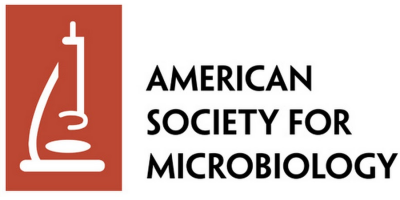

- Home
- Companies
- American Society for Microbiology (ASM)
- Articles
- Use of plant growth-promoting bacteria ...
Use of plant growth-promoting bacteria for biocontrol of plant diseases: Principles, mechanisms of action, and future prospects
There has been a large body of literature describing potential uses of plant associated bacteria as agents stimulating plant growth and managing soil and plant health. Plant growth-promoting bacteria (PGPB) are associated with many, if not all, plant species and are commonly present in many environments. The most widely studied group of PGPB are plant growth-promoting rhizobacteria (PGPR) colonizing the root surfaces and the closely adhering soil interface, the rhizosphere. As reviewed by Kloepper et al. or, more recently, by Gray and Smith, some of these PGPR can also enter root interior and establish endophytic populations. Many of them are able to transcend the endodermis barrier, crossing from the root cortex to the vascular system, and subsequently thrive as endophytes in stem, leaves, tubers, and other organs. The extent of endophytic colonization of host plant organs and tissues reflects the ability of bacteria to selectively adapt to these specific ecological niches. Consequently, intimate associations between bacteria and host plants can be formed without harming the plant. Although, it is generally assumed that many bacterial endophyte communities are the product of a colonizing process initiated in the root zone, they may also originate from other source than the rhizosphere, such as the phyllosphere, the anthosphere, or the spermosphere.
Despite their different ecological niches, free-living rhizobacteria and endophytic bacteria use some of the same mechanisms to promote plant growth and control phytopathogens. The widely recognized mechanisms of biocontrol mediated by PGPB are competition for an ecological niche or a substrate, production of inhibitory allelochemicals, and induction of systemic resistance (ISR) in host plants to a broad spectrum of pathogens and/or abiotic stresses. This review surveys the advances of plant-PGPB interaction research focusing on the principles and mechanisms of action of PGPB, both free-living and endophytic bacteria, and their use or potential use for the biological control of plant diseases.
